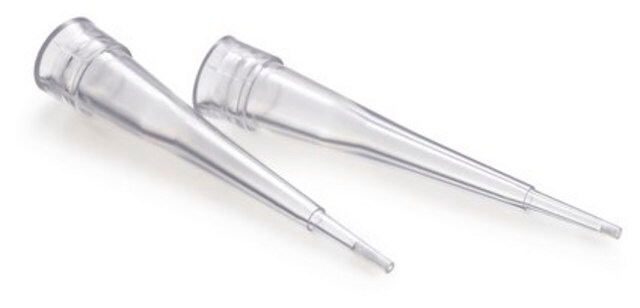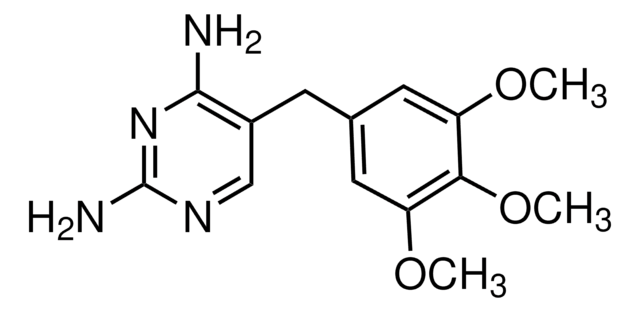T3397
Tylosin solution
solution, suitable for cell culture, BioReagent
About This Item
Recommended Products
Product Name
Tylosin solution, 8 mg/mL in 0.9% NaCl, 0.1 μm filtered, BioReagent, suitable for cell culture
Quality Level
sterility
0.1 μm filtered
product line
BioReagent
form
solution
concentration
8 mg/mL in 0.9% NaCl
technique(s)
cell culture | mammalian: suitable
impurities
endotoxin, tested
color
colorless to yellow
antibiotic activity spectrum
Gram-positive bacteria
mycoplasma
mode of action
protein synthesis | interferes
storage temp.
2-8°C
SMILES string
O[C@H]([C@@H](O)C(O)=O)C(O)=O.CC[C@H]1OC(=O)C[C@@H](O)[C@H](C)[C@@H](O[C@@H]2O[C@H](C)[C@@H](O[C@H]3C[C@@](C)(O)[C@@H](O)[C@H](C)O3)[C@@H]([C@H]2O)N(C)C)[C@@H](CC=O)C[C@@H](C)C(=O)\C=C\C(C)=C\[C@@H]1CO[C@@H]4O[C@H](C)[C@@H](O)[C@@H](OC)[C@H]4OC
InChI
1S/C46H77NO17.C4H6O6/c1-13-33-30(22-58-45-42(57-12)41(56-11)37(52)26(5)60-45)18-23(2)14-15-31(49)24(3)19-29(16-17-48)39(25(4)32(50)20-34(51)62-33)64-44-38(53)36(47(9)10)40(27(6)61-44)63-35-21-46(8,55)43(54)28(7)59-35;5-1(3(7)8)2(6)4(9)10/h14-15,17-18,24-30,32-33,35-45,50,52-55H,13,16,19-22H2,1-12H3;1-2,5-6H,(H,7,8)(H,9,10)/b15-14+,23-18+;/t24-,25+,26-,27-,28+,29+,30-,32-,33-,35+,36-,37-,38-,39-,40-,41-,42-,43+,44+,45-,46-;1-,2-/m11/s1
InChI key
ICVKYYINQHWDLM-KBEWXLTPSA-N
General description
Application
Biochem/physiol Actions
Packaging
Preparation Note
Storage and Stability
Other Notes
Storage Class
10 - Combustible liquids
wgk_germany
WGK 2
flash_point_f
Not applicable
flash_point_c
Not applicable
Choose from one of the most recent versions:
Already Own This Product?
Find documentation for the products that you have recently purchased in the Document Library.
Customers Also Viewed
Our team of scientists has experience in all areas of research including Life Science, Material Science, Chemical Synthesis, Chromatography, Analytical and many others.
Contact Technical Service










